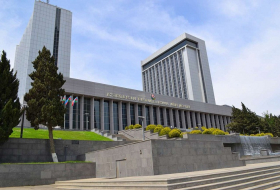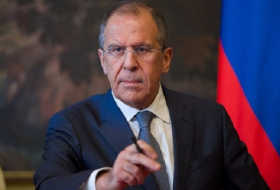The space race India aims to win this week by landing first on the moon's south pole is about science, the politics of national prestige and a new frontier: money.
India's Chandrayaan-3 is heading for a landing on the lunar south pole on Wednesday. If it succeeds, analysts and executives expect an immediate boost for the South Asian nation's nascent space industry.
Russia's Luna-25, which launched less than two weeks ago, had been on track to get there first – before the lander crashed from orbit, possibly taking with it the funding for a successor mission, analysts say.
The seemingly sudden competition to get to a previously unexplored region of the moon recalls the space race of the 1960s, when the United States and the Soviet Union competed.
But now space is a business, and the moon's south pole is a prize because of the water ice there that planners expect could support a future lunar colony, mining operations and eventual missions to Mars.
With a push by Prime Minister Narendra Modi, India has privatised space launches and is looking to open the sector to foreign investment as it targets a five-fold increase in its share of the global launch market within the next decade.
If Chandrayaan-3 succeeds, analysts expect India's space sector to capitalise on a reputation for cost-competitive engineering. The Indian Space Research Organisation (ISRO) had a budget of around just $74 million for the mission.
NASA, by comparison, is on track to spend roughly $93 billion on its Artemis moon programme through 2025, the U.S. space agency's inspector general has estimated.
"The moment this mission is successful, it raises the profile of everyone associated with it," said Ajey Lele, a consultant at New Delhi's Manohar Parrikar Institute for Defence Studies and Analyses.
More about:
















































